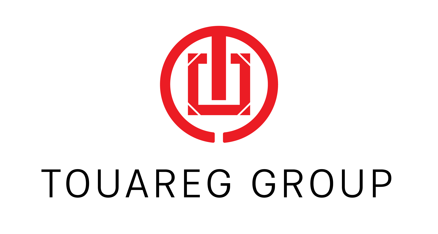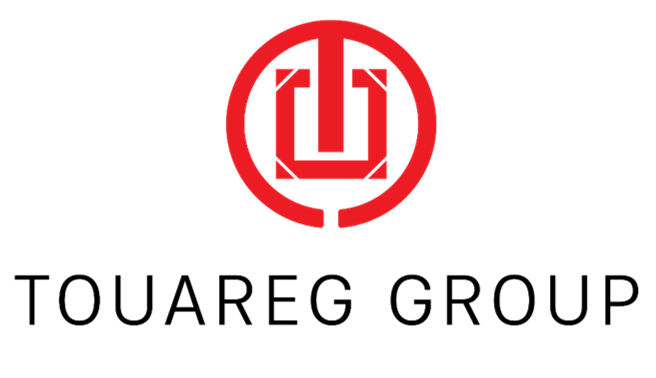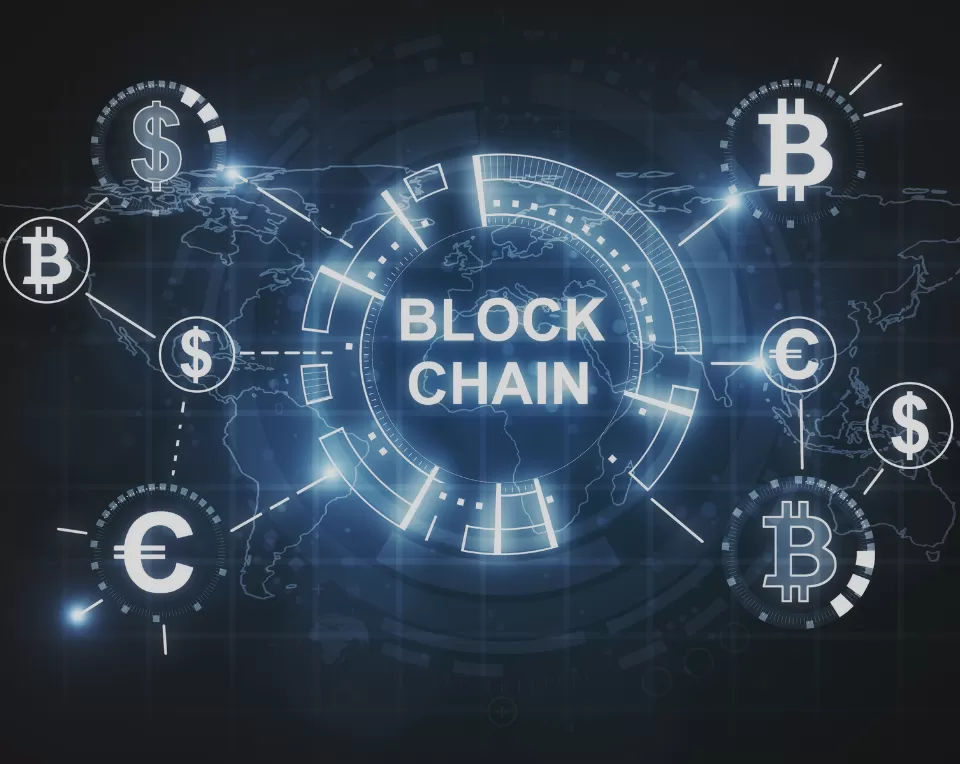


Blockchain is a distributed ledger technology that links transaction records into a continuously growing chain of data blocks using cryptographic methods to ensure transparency and security.
The most significant feature of blockchain is its decentralization, meaning it is not controlled by any central authority but maintained and verified by all participants in the network.
In simple terms, blockchain is like an open digital ledger that records all transactions and information.
This ledger is not held by any bank or institution but is distributed across computers in the entire network. Each transaction is encrypted using cryptographic methods to ensure security. Because there is no central control, everyone can view and verify the transactions. When a transaction occurs, it is added to a "block" and linked with previous transactions, forming a long chain, much like beads strung together.
Originally created to support digital currency like Bitcoin, blockchain has now been applied to various fields. It can be used to track the supply chain of goods, execute smart contracts, protect copyrights, and more. Since transaction records are public, anyone can view them, ensuring transparency and reliability of transactions.
Let’s illustrate how blockchain works with an example:
Suppose there are three individuals, Alice, Bob, and Charlie, and they all participate in a transaction where digital currency is transferred from one account to another. In traditional banking systems, this transaction would need to be verified and recorded by a bank as an intermediary. However, in blockchain, this transaction is encrypted and broadcast across the entire network.
All participants receive this transaction information and confirm its validity through decryption and verification. Once confirmed, the transaction is added to a block on the blockchain and linked with the previous block, creating an immutable record of the transaction. This way, anyone can view this transaction on the blockchain, ensuring its security and traceability.
While blockchain offers many potential advantages, it also faces some risks and challenges, including:
1. Security Risks: Despite using cryptographic technology to encrypt transaction data, there is still a risk of hacking and data manipulation in blockchain.
2. Private Key Loss Risk: Digital assets and transactions on the blockchain rely on private keys to verify identity and control assets. If investors accidentally lose their private keys or forget passwords, they may permanently lose access to their assets.
3. Lack of Regulation Risk: : The decentralized nature of blockchain technology means there is no central entity to regulate and protect investors' interests. This could lead to some bad actors using blockchain for fraud and illegal activities.
4. Technical Risks: Blockchain technology is still in its early stages of development, and there are many technical challenges and instabilities. Vulnerabilities in smart contracts, network congestion, and performance issues may affect the reliability and efficiency of blockchain.
5. Legal and Regulatory Risks: Due to the novelty and complexity of blockchain technology, regulations regarding it are not fully established in many countries, leading to uncertainty and legal risks.

In conclusion, blockchain is a disruptive technology that is changing the way we conduct transactions and manage data, bringing infinite possibilities for the future. As an investor, understanding the basic principles and applications of blockchain technology may present investment opportunities and open up possibilities in the evolving era.
However, due to the risks and instabilities associated with blockchain technology, investors should carefully assess the risks and make wise decisions based on their individual circumstances when considering projects involving blockchain.
Touareg Group acknowledges the transformative potential of blockchain technology and the importance of thorough risk assessment. As we explore blockchain's applications and opportunities, we remain committed to navigating the complexities and uncertainties with diligence and informed decision-making.
Other News

